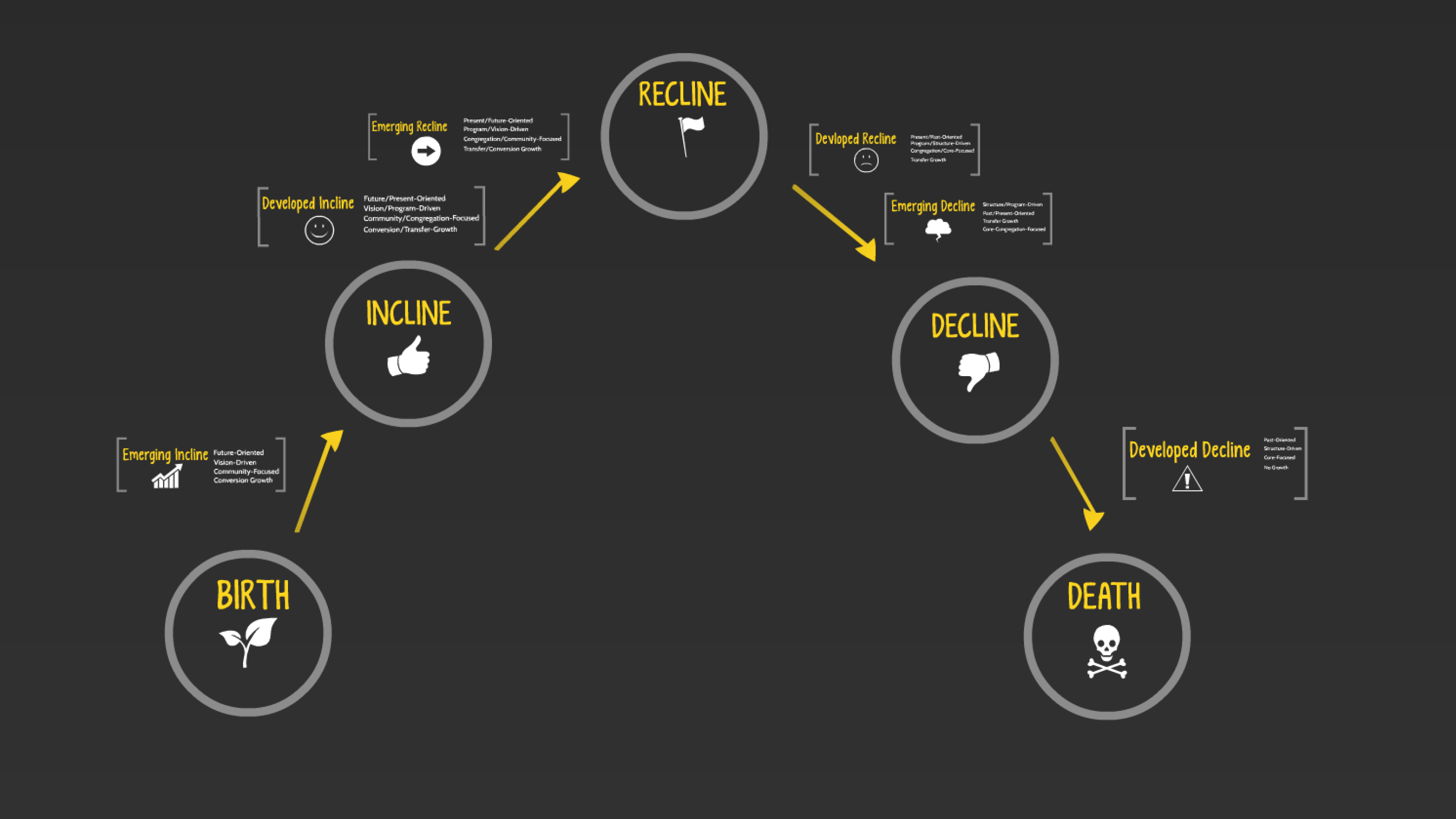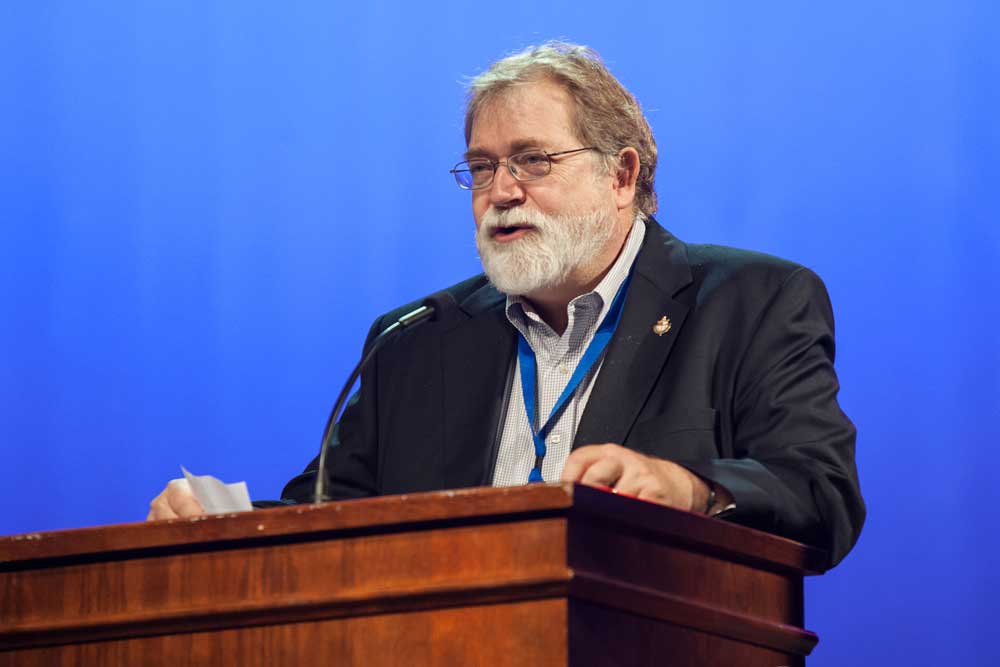Dear Brothers and Sisters in Christ,
Martin Luther once wrote, “For where God built a church, there the Devil would also build a chapel.” Luther wrote this to emphasize the challenges and obstacles God’s people will face just because of who we are in Christ, and what we are trying to do– to advance God’s Kingdom at the expense of his adversary, Satan. It’s nothing less than the truth Paul wrote in Ephesians 6:12-13 that “we wrestle not against flesh and blood, but against powers and principalities and spiritual wickedness in high places….”
I find that Biblical perspective both illuminating and convicting when I think of the struggles and conflicts we face in the Anglican Communion, the Anglican realignment in North America, our dioceses and local churches– and in the cauldron of leading change in the local church. Wherever we are serving and whatever we are seeing, it is helpful to avoid personalizing the conflict. It is essential to recognize the spiritual dimension in change, challenge and conflict. It’s true that if the church is God’s ordained instrument to save the world, it must be the target of the adversary, the devil, at every level. With that recognition, we realize that we are not going to win this conflict alone by workshops, conferences, sharing best practices and strategic planning. These are helpful tools to be sure, and they put practical “feet” on the things we need to do to turn our churches around. But if the conflict is spiritual we need to use the spiritual means God has given us to overcome the wiles of the adversary (see 2 Corinthians 10: 3-5).
Prayer is at the top of that list. I remember a point in my own ministry when I was leading a large staff with a large budget in a resource sized congregation and multiplying programs like rabbits. One day, I inadvertently scheduled five simultaneous meetings for the next Saturday morning and needed to attend each one. This quintuple-booking was a wakeup call that I was burning out and though I was doing many good things, it was not God’s best. More than one Saint and father has recognized that the real enemy of God’s best is what seems good– not what is obviously evil or sinful. That epiphany drove me to my knees in recognition of my own burnout and desperate need for The Lord. I prayed, I sought spiritual direction. I went on retreat. I practiced some great Christian disciplines like self-examination, journaling and confession.
I also heard The Lord say to me in that wonderful, still, small voice I have come to recognize following the storm, “Have you tried ministry the way that I did it?” “You mean, LORD, in a small group, with 12 men, as you did– discipling them on the road? People will think I am dedicating too much of my time to too few people! People will think it’s a waste of resources in this big church.” Jesus said, “try it and see if anyone has ever improved on it.” So I tried it. It became a turning point in my life and ministry as I gathered, invested intensive time with and discipled 10 men– most of whom went on to become clergy and lay leaders within what is now the Anglican Church in North America. Now they are multiplying ministry as they lead churches and disciple others.

So it’s refreshing to read that, according to “Comeback Churches: How 300 churches turned around and yours can too” (Stetzer and Dodson, 2007), prayer is one of the top three decisive factors in turning churches around from recline, decline and death to new life, new vision, new ministry and new growth. And the same is true for their leaders. The other two factors are evangelism and preaching Jesus Christ. This comes from Ed Stetzer and Mike Dodson’s interview of over 300 churches and leaders all across North America.
I find that remarkably encouraging, don’t you? Because it’s exactly what we find in the New Testament, in the Bible, in Acts 2:42-47: “They devoted themselves to the apostles teaching and to the fellowship, to the breaking of bread and to prayer… and the LORD added to their number daily those who were being saved.” This is the formula that defeated Satan, and continues to defeat him, from the birth of the church at Pentecost to this present day.
This morning I’m writing from Seattle where I am with the bishop and people of the Diocese of Cascadia for their annual Synod. The American Anglican Council has been invited to share with them how to build congregations up in evangelism, discipleship and mission. Like every diocese I’ve encountered across North America, they are facing spiritual challenges, changes and conflict as they seek to be “comeback churches” reaching people with the transforming love of Jesus Christ. We have lots of resources and experience to share– but the most important resource is the Bible and the lessons it teaches us about the power of prayer, Jesus-focused preaching and evangelism that comes out of people who are becoming fully devoted followers of Jesus Christ.
And at the end of the day, aren’t those among the three decisive reasons each of us has become a part of this great, global movement of Anglicans returning to our Biblical roots and apostolic experience? Please pray for the work of the American Anglican Council today, and the Diocese of Cascadia, as we return to those roots.
Yours in Christ,
The Rev. Canon Phil Ashey
Chief Executive Officer
American Anglican Council


